Philips CX50 Ultrasound
The Philips CX50 Ultrasound is a shared service ultrasound machine largely used in radiology and OB/GYN practices for cardiovascular applications. The CX50 launched in 2009 as the first Philips portable ultrasound and soon became recognized as one of the most advanced portable systems in the world. The Philips CX50 continues to this day to be one of the only premium portable ultrasounds that supports both PureWave single crystal and xMatrix transducers. The only major imaging capability the CX50 doesn’t have is 4D imaging for OB/GYN applications. However, the CX50 can offer 4D imaging for cardiac applications using an X7-2t xMatrix probe. The compact size of the CX50 means it fits well in surgical, emergency, and point-of-care practices where space is tight and mobility is important. All versions of the CX50 except the initial A.0 revision are stable and reliable.
Get Applications Training for the Philips CX50
Our on-staff sonographer can provide onsite applications at a set price plus travel costs.
Service & Maintenance
Free technical support for the CX50 is available during installation and over the course of the standard limited warranty. Additional technical support is available after the warranty period at an hourly charge. For system maintenance, Ultrasound Supply recommends using a surge protector and a dedicated power outlet. For safety, probes should be cleaned in between each use with a disinfectant wipe that’s proven not to damage the lens.
Philips CX50 Dimensions & Weight
Height: 86 mm (3.4 in)
Width: 413 mm (16.25 in)
Depth: 356 mm (14 in)
Weight: 7.3 kg (16.2 lbs.), approx. 43 lbs. with packaging
Philips CX50 Specifications
Next-generation all-digital compact broadband beamformer with pulse shaping capability.
Up to 504,576 digitally-processed channels.
Image presentation: Depth from 1 cm to 30 cm (transducer dependent).
Up to 170 dB full-time system dynamic range.
Electrical Power for the Philips CX50
Voltage: 100-240V
Frequency: 50/60 Hz
Amperage: 2.65A MAX
Heat dissipation: 700-1100 BTU/hour (fully loaded)
Operation range: 10°C – 40°C operating in 15-95% relative humidity
Philips CX50 Hardware Revisions
Philips first launched the CX50 in 2009 as their first portable ultrasound machine. The 2009 revision used A.0 hardware that ran Windows XP as the software platform. The upgrade to B.0 hardware implemented a new more powerful ComEx motherboard that ran Windows 7. From the exterior, the CX50 has not changed much since the initial launch except for port updates. The CX50’s reliability and stability improved dramatically after revision B.0 of the hardware; for this reason, we recommend buying later versions unless the earlier model has been upgraded by Philips.
Software Revisions to the CX50 Ultrasound
Every few years, Philips has released a new software update to the CX50. Philips calls each update “Vision” plus the year it was launched. Vision 2010 software replaced the initial release for the CX50, and then Vision 2012, followed by Vision 2013 Version 3.0. The 2013 version of the CX50 software added many powerful options such as Live 3D and Live xPlane to take advantage of the x7-2t TEE transducer. For this reason, we recommend purchasing a CX50 with at least Vision2013 software.
About Vision2013 Software
Vision2013 Version 3.01 added the following twelve options to the Philips CX50.
- 2D ICE
- 3D Fetal Echo STIC
- Digital Navigation Link 2D
- Digital Navigation Link 3D
- Live 3D
- Live xPlane
- Pediatric Echo
- Pediatric Radiology
- Qlab 3DQ
- Qlab 3DQA
- Qlab CMQ replaces TQM
- Qlab MVQ


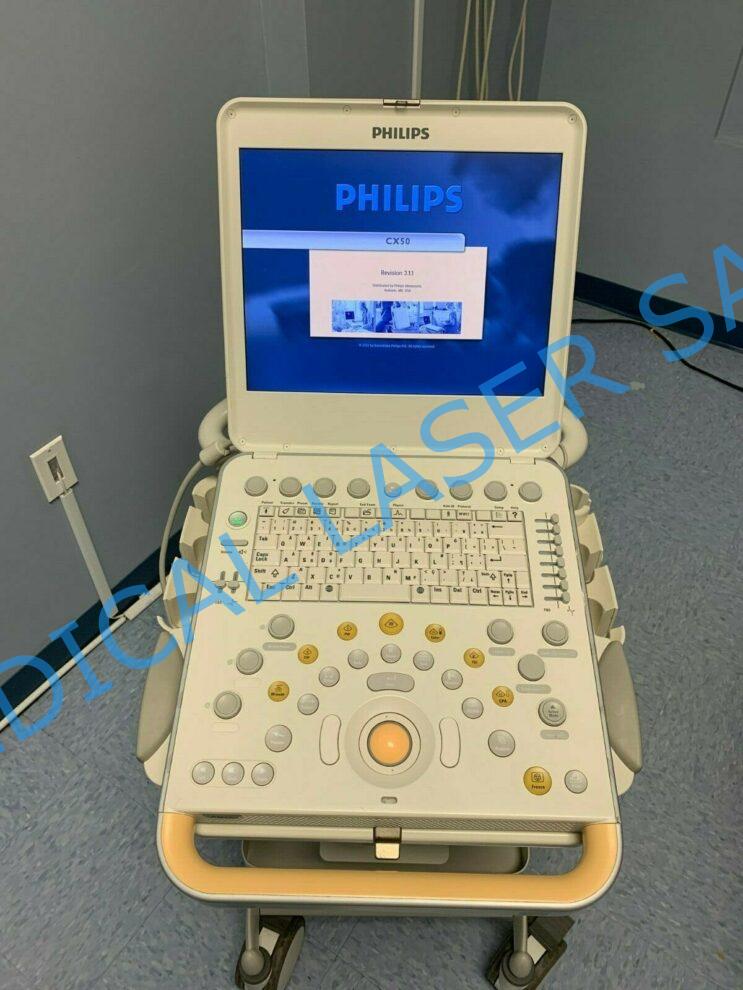

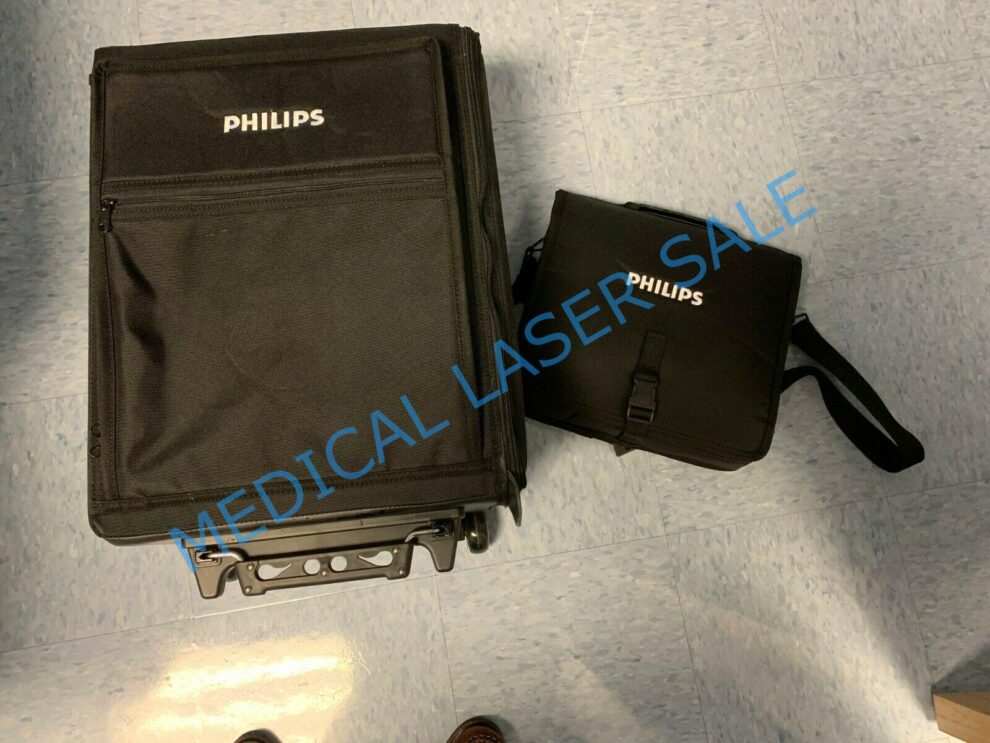
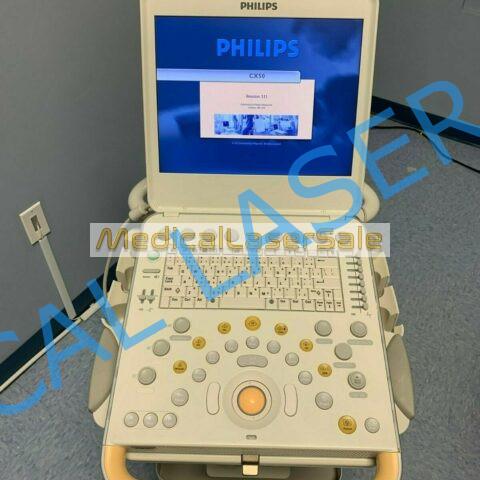



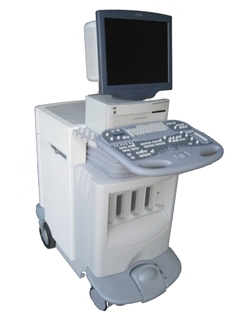



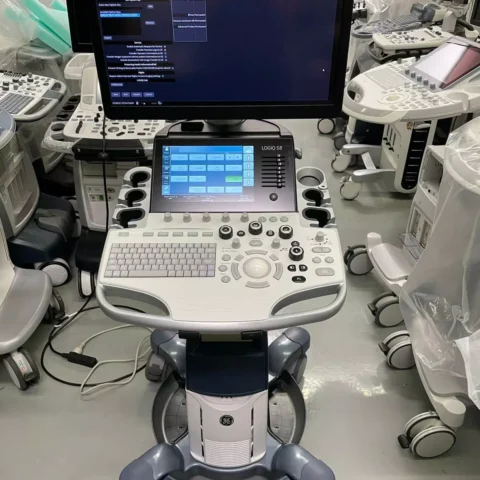
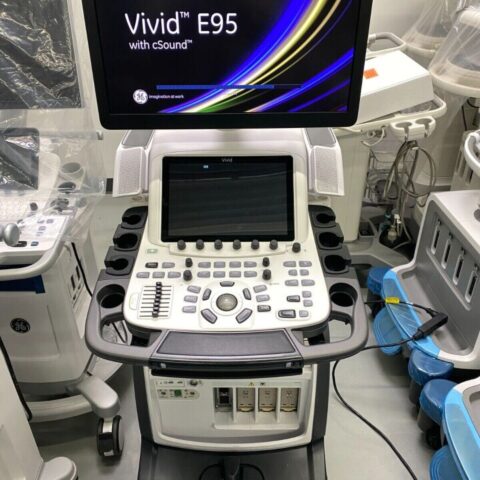

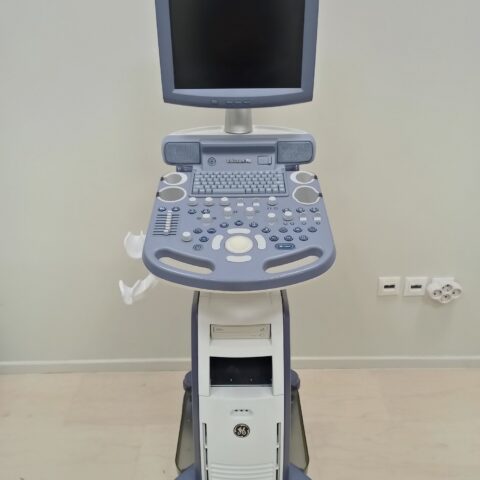
There are no reviews yet.